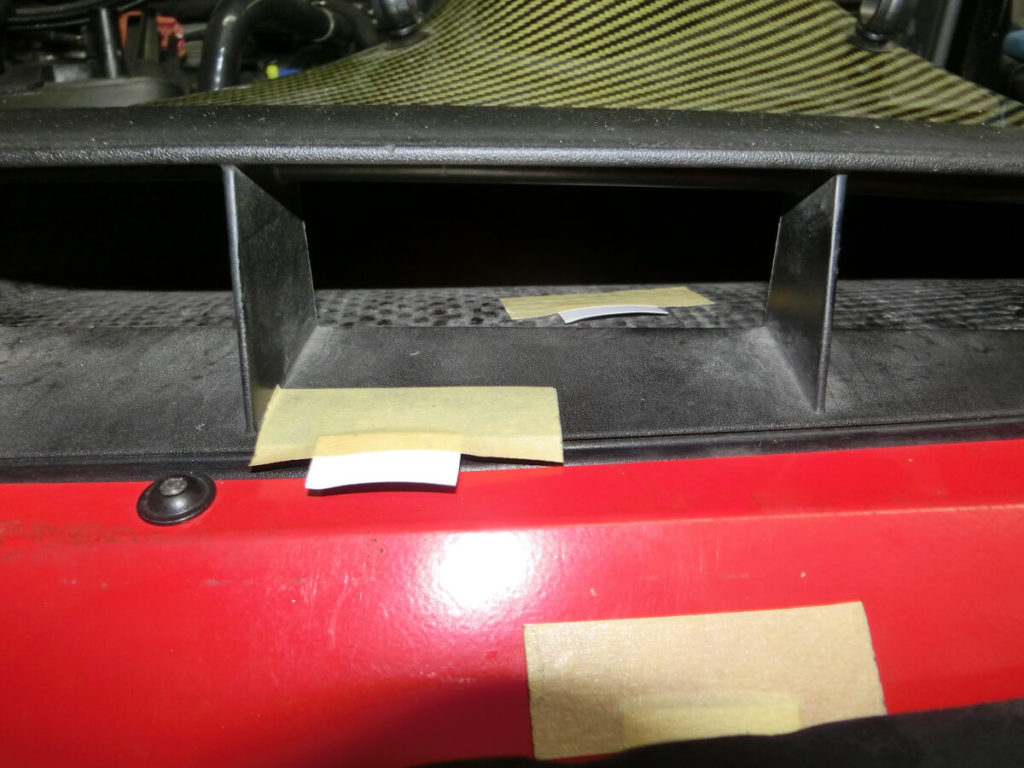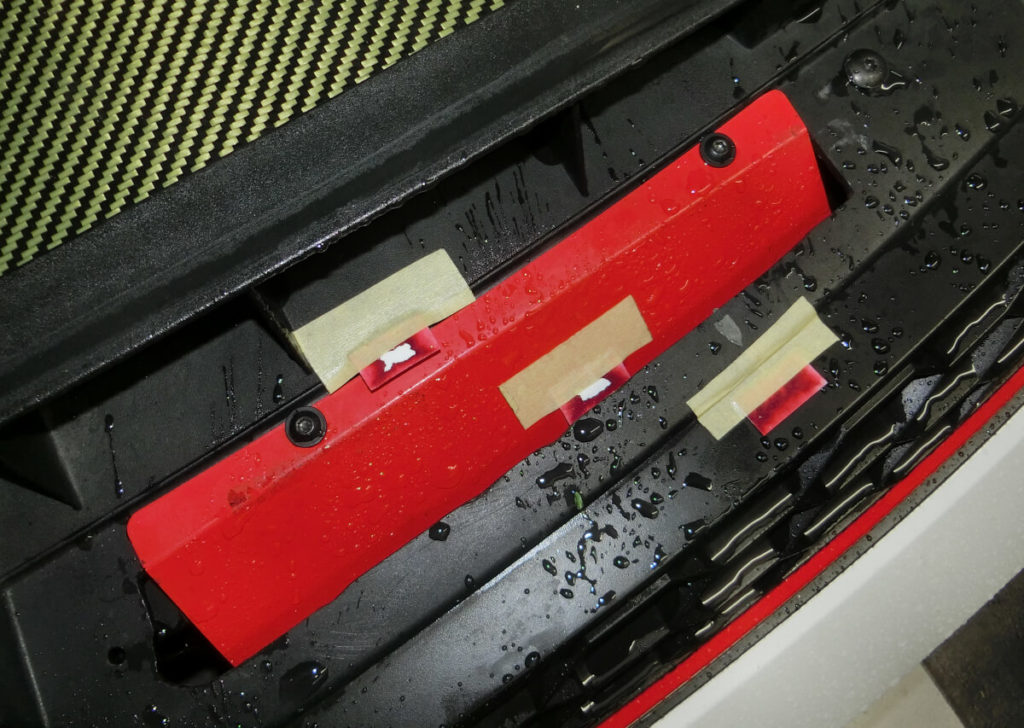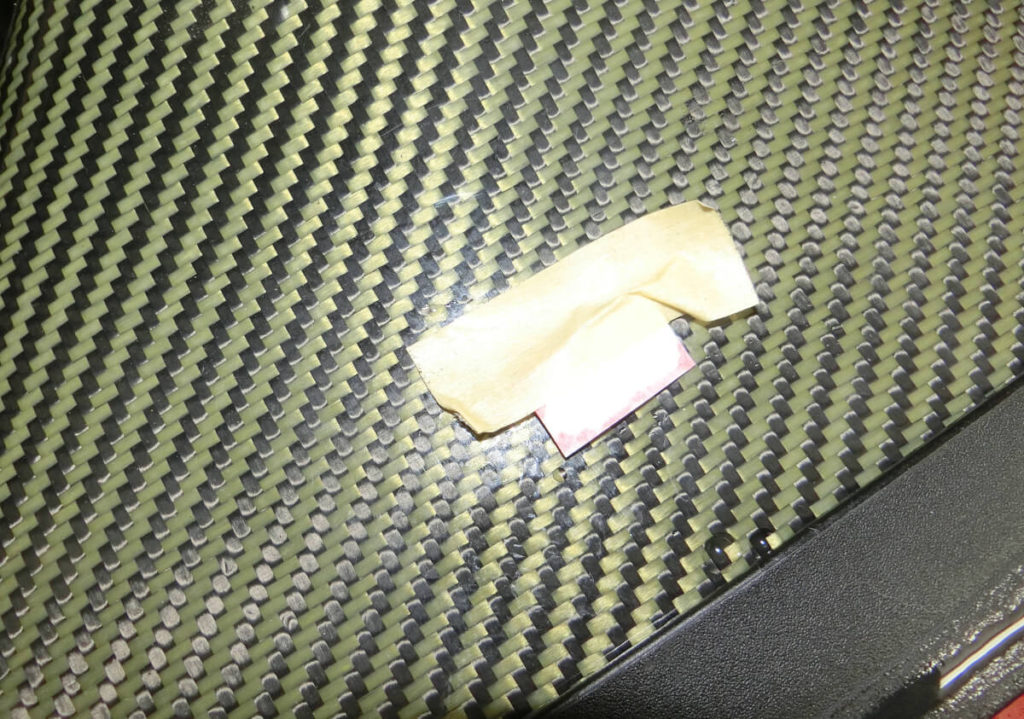Background:
A question came up during a discussion about removing the Snow Guard/Filter/Screen/Grate, the grate that sits in the stock airbox just below the air filter, and a commenter stated that leaving it in place would help to keep the air filter from getting rain water onto it.

I thought the chance of rain water reaching the filter to be small, with the downward direction that air flows into the airbox followed by an immediate upward turn, the momentum of any water drops suspended in the air would carry it into the airbox wall.
The person who recommended not removing the grate thought they had seen numerous posts and videos by people strongly advising not to remove the grate, as well as warnings from people who tune engines.
Neither trying to get an explanation for how rain water could travel all the way to the engine, or where to find the references that advised against removing the grate were productive. Excerpts from the discussion are below in the references section.
Test Procedure
Whether or not rain water can reach the air filter was now a question I was interested in answering and I decided to design an experiment to see if it can.
I obtained some water indicator tape, a product that changes color when it comes into contact with water. At the time that the tape arrived I had the Eventuri intake installed on the GTI. I chose to leave it in place since the entry to the Eventuri is the same location as the stock airbox, if the driver’s side of the duct has been opened up.
I also have the Eventuri inlet plate installed, a functionally useless part, but a nice aesthetic enhancement.
The water indicator tape is placed at several locations along the intake inlet.

Water indicator tape inside the Eventuri Inlet.

The goal for this experiment is to determine if water can reach this entry area to the intake. This is obviously not a stock airbox and this experiment does not address the question of whether or not water can reach the air filter with the grate removed.
This test is a check to determine if installing the stock airbox is worth doing. If the water indicator tape does not show a presence of water at this area then there is not a point in going further. On the other hand, water reaching this area would mean that continuing to a more representative experiment would be worthwhile.
Test Results:
After driving the GTI in the rain for a while the indicator tape does show signs of water presence, along with the water on the surfaces!

Interestingly the tape that is furthest back in the inlet shows signs that just the leading edge came into contact with water, and much less water than the further forward tape strips.

Conclusions:
An experiment to determine if rain water can reach the entry area of the GTI air intake shows that it can. Several pieces of water indicator tape were placed along the intake following the path that air would flow. The tape strips further into the intake showed signs of less water contact than the strips closer to the front of the car.
Installing the GTI stock airbox and repeating the experiment is worth doing.
This will be discussed in a future post.
References:
Discussion points:
- I’ve read quite a few places not to do that. Seems like too much of a risk to me for a tiny bit of noise.
- I mean it is there to prevent snow, large debris, and rain from being sucked directly into the filter.
- It doesn’t keep it 100% dry it just keeps blasts of water from hitting it directly and stops a lot of it from entering the air box at all.
- Just google removing snow guard mk7.5 GTI… there are numerous warnings against it.
- Even in the videos that show you how to do it half of them recommend not doing it. (Note, I looked at 10 videos that came up on Youtube about this mod and zero made a recommendation to not do it.)
- it is there to stop snow so obviously stuff can go up there.
- the intake is like a giant straw. It doesn’t matter what bends are in it. If you suck water up a crazy straw it still works.
- watch any of the videos where they try to test to see if there are any power gains there. They all say none to extremely minimal gains and highly advise against doing it.
- I’m just trying to be nice and advise you the same way I’d want someone to advise me if I was doing something relatively pointless that may be bad for the car or engine.
- Obviously people have had problems or there wouldn’t be so many tuners advising against it.
- But do as you please just don’t be shocked when damage occurs as several tuners advise against it.
- In fact if you could even find one that said it didn’t matter I’d be impressed much less one that says it’s a good idea.
- Yes there is evidence look at tuners online recommending not do it and why. All of them I have seen advise against it.
- So I have no personal evidence but several tuners online do.
- You probably could google it and argue with tuners since common sense doesn’t seem to be something you are capable of.
- Several aftermarket intakes go to the same air box location but still recommend not removing the snow guard.
- There are several Reddit forums on it and several tuners advise against it.
- I will warn you though on Reddit there are several people making the same claims as you, but the ones that are tuners, mechanics, or work for vw all seem to come to the same conclusion and that’s that it’s not worth it to remove it.
- almost every tuner and mechanic advise’s against it.
- I don’t need to research anything for you because you’re too lazy or too stubborn.
- Several engine tuners and and mechanics advised against. Didn’t read names.
- Now I’m not naming shit for you. Is that clear enough?
- Do your own research and make your own damn decision… which it seems you have already done since you’re willing to debate with a tuner just too lazy to read the ones that advise against it.
- From what I saw the ones that seemed to know what they were talking about advised against it.
- Would you like to call anymore tuners or are you just too stubborn to listen to what they are telling you too?
- I also found some during this convo so if you can’t find it you are just being flat out lazy or you aren’t smart enough to comprehend what you’re listening to or reading. I
- No I don’t have evidence as I’m leaving mine in and I’m not experimenting on mine for something that fundamentally makes sense.
- Think you can handle making your own decision or researching more on your own now?

With an open intake (Neuspeed) and the d. side duct opened up, I have stopped after driving through heavy rain to look at mine and while there is some moisture/rain drops in the engine bay, the filter always appears dry. Some water drops on the base of the metal heat shield have been observed. The stock configuration with the d. side duct blocked should not allow any water through as any would pass through to the engine bay through the pass-through duct (assuming it’s not been blocked with the Euro blocking plate) vs. entering the cross-over duct at a 90 degree angle. To me, the grate below the filter could be a diffuser to help distribute air more evenly over the filter vs. a “snow gaurd”….any snow would be treated like rain and pass through the stock setup to the engine bay. On older MK4s (?) there was a fine mesh screen in the intake track called a snow gaurd and I believe this was even referenced as such in the owner’s manual….I wonder if that just carried over in the “lore” of the interwebs….
I doubt there is adequate airflow to carry a suspended water droplet. Some water on the surfaces might be pulled through on the intake surfaces that aren’t fighting gravity.